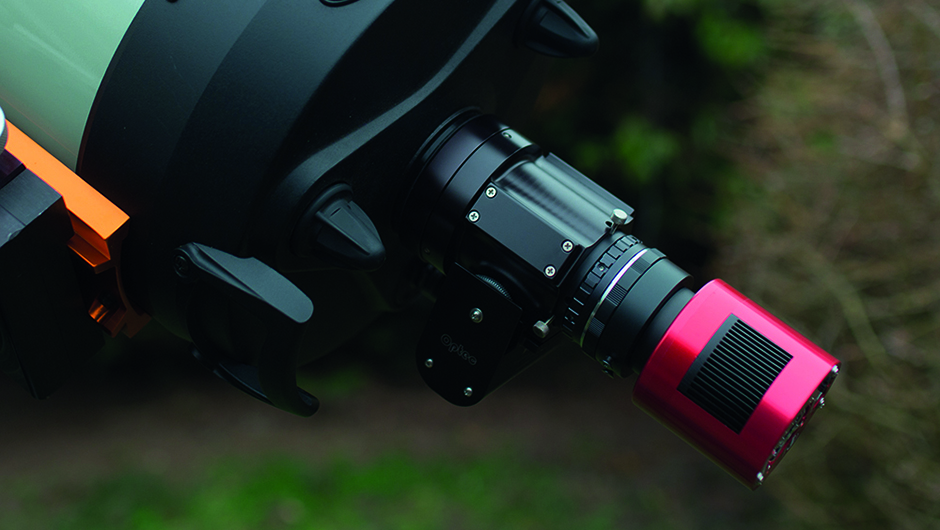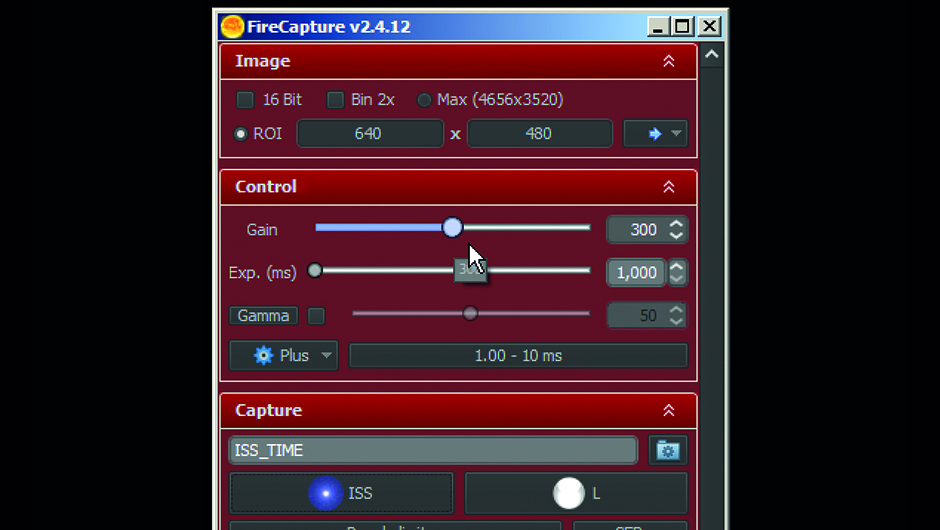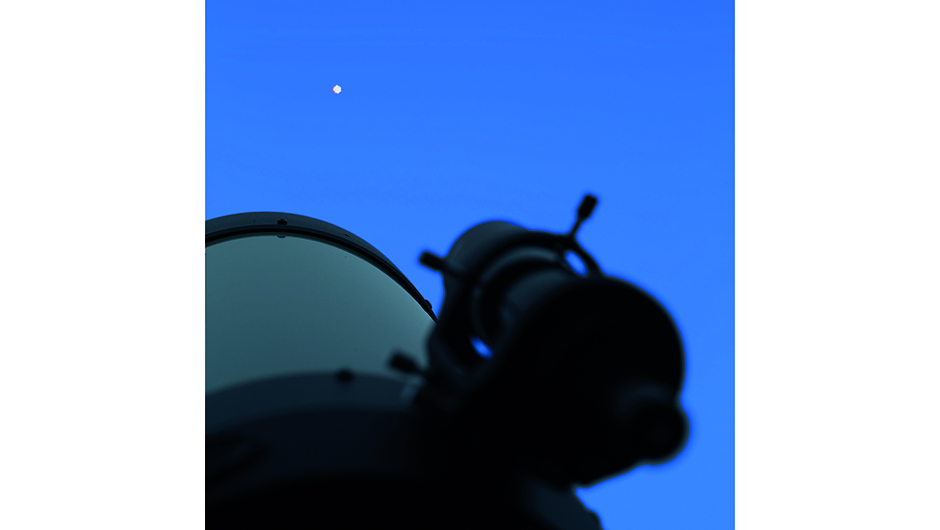If you own a telescope and a camera, you may have already taken detailed pictures of the Moon and the planets, but have you tried chasing the International Space Station and taking pictures of the ISS to reveal its shape and structures?
There is a kind of magic to the silent and majestic movement of the International Space Station as you watch it sail across the sky, and it makes for a great target to photograph.
At the incredible speed of almost 8km/s, the ISS accomplishes one orbit around Earth in only 90 minutes.It is often visible over the UK at dawn or dusk.
If you're interested in just catching a glimpse, read our guide on how to see the International Space Station.
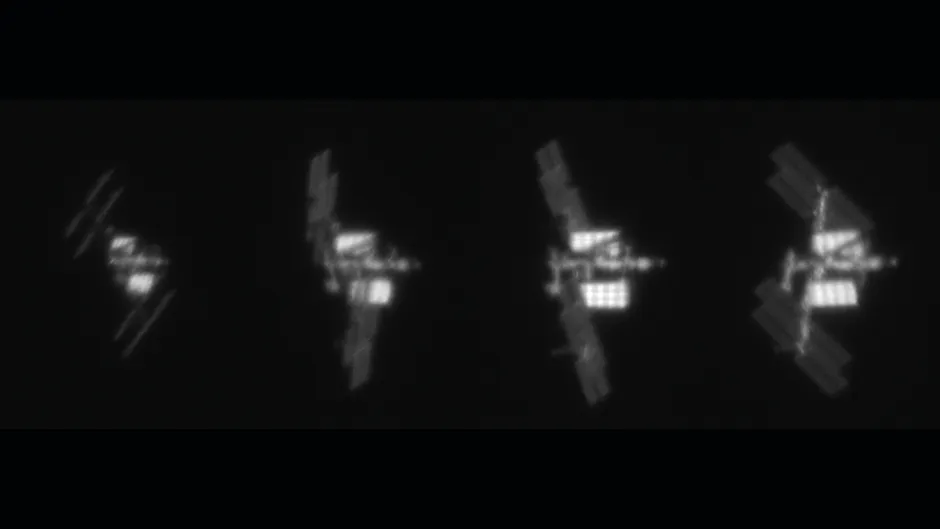
Equipment for photographing the International Space Station
- Telescope
- Mount
- Planetary camera or DSLR
- Laptop
- Software to extract video frames as stills and edit them

Work out when the ISS is passing overhead
Fortunately, you don’t need to calculate the favourable passages by yourself: a variety of applications and websites can do it for you – tryHeavens Above or NASA's Spot the Station.
Or if you want to photograph the International Space Station passing in front of the Moon, try ISS Transit Finder.
Ideally you are looking for a passage with a culmination of 30° above the horizon, as the ISS will appear larger and will be less disturbed by atmospheric turbulence.
Given its brightness and its apparent size – the latter is comparable to Jupiter – the ISS would be an easy target for a planetary imager if it remained still in the sky.
The downside of its low altitude (400km) – the very reason it is so bright – is that it has an apparent speed of more than 1° per second when overhead.
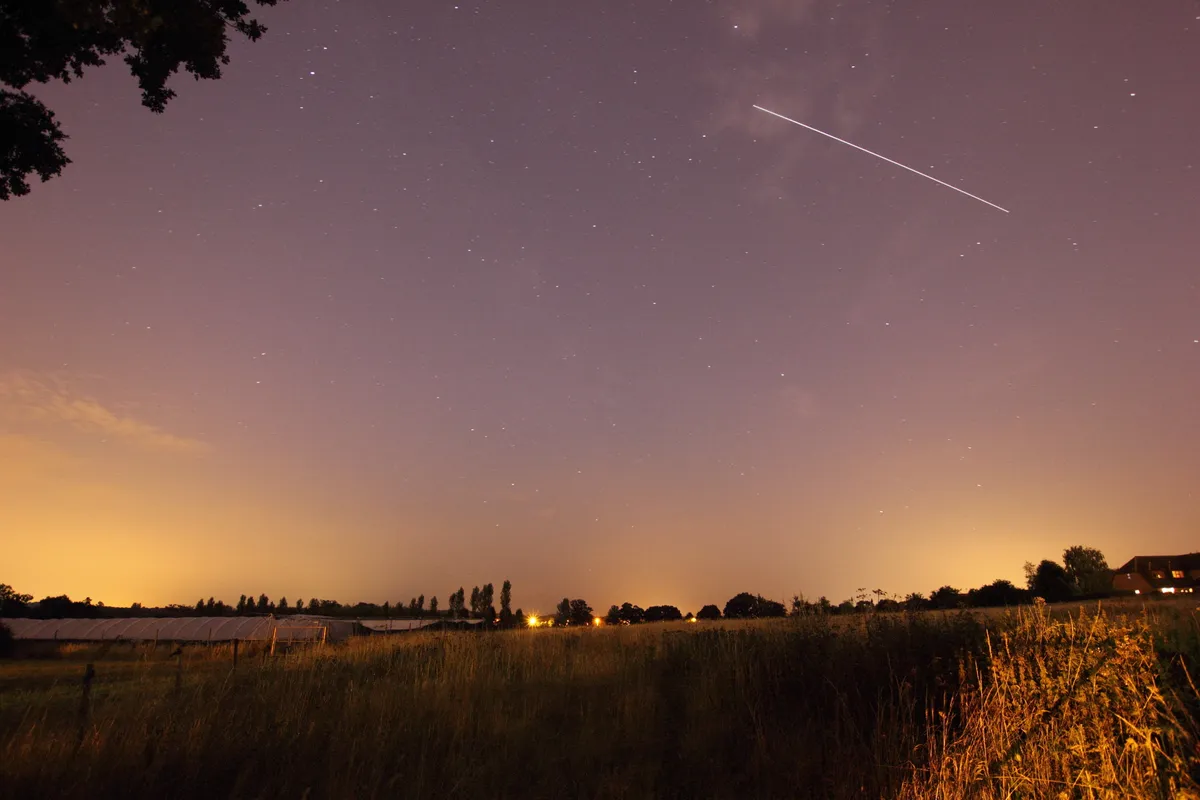
Tracking the ISS to capture your photo
Even equipped with motors and computerised Go-To systems, most commercial telescope mounts do not possess the timing precision, reactivity or fine range of speeds needed to follow the ISS by programmed tracking: you’ll have to do it visually through your finderscope.
You can use any kind of mount – Dobsonian, altazimuth or equatorial – so long as it offers smooth and well-balanced manual movements.
One trick that can be employed is to deliberately not polar align an equatorial mount as usual.Instead, align it with the trajectory of the ISS during its targeted passage.

To do this, aim the polar axis of the mount opposite the direction the ISS culminates in: for example, if the ISS culminates in the south-southwest, align the polar axis north-northeast.
Adjust the latitude of the mount to 90° minus the culmination altitude of the ISS: for example, if the ISS culminates at 60°, set the latitude to 30°. This will make tracking much easier.
The movement in declination will be (almost) nothing, and the tracking in right ascension will be the slowest possible.
Any type of telescope can be used. As in planetary imaging, long focal lengths may lead to more detailed pictures – or to more visible tracking difficulties and errors.
Use a reliable and stable crosshair finderscope with precise alignment screws. A right-angled erecting model may be more convenient, especially if the ISS passes close to the zenith.
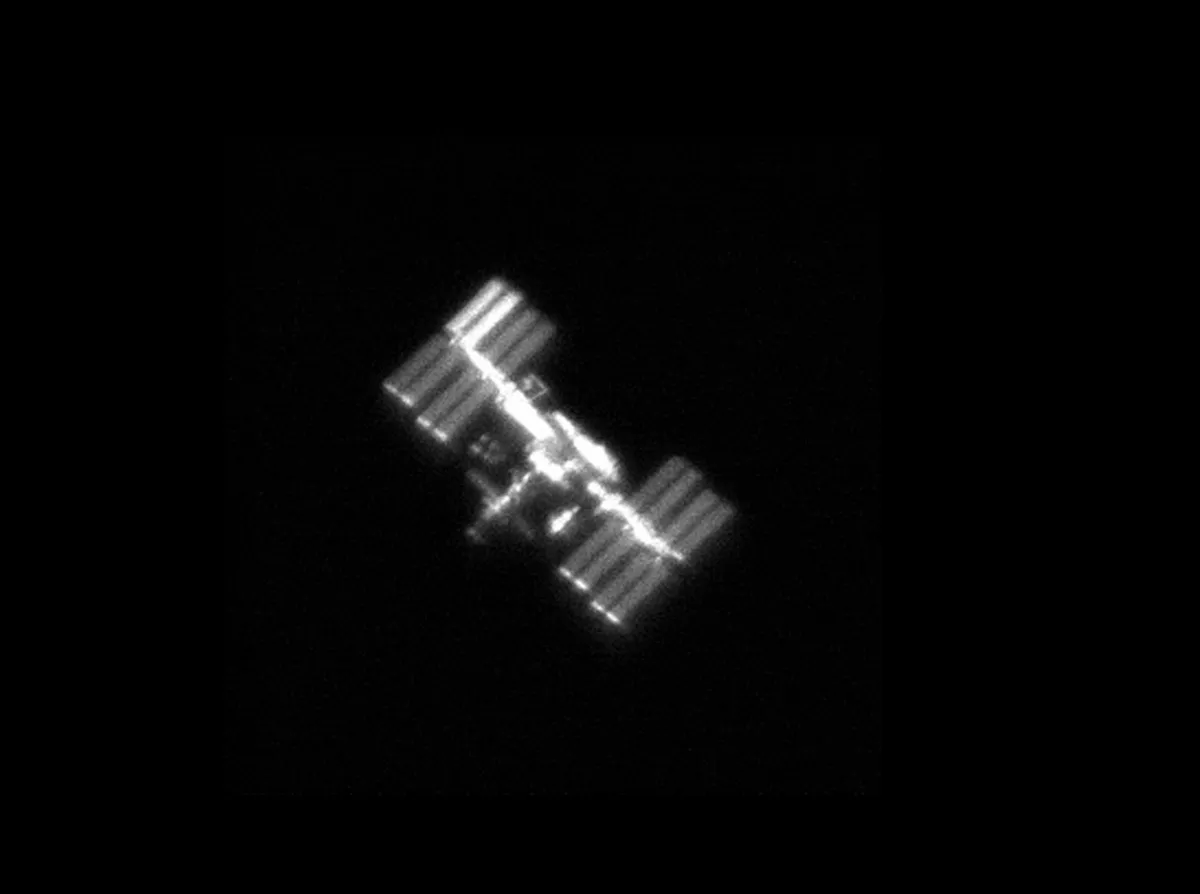
Photographing the ISS: which camera?
The most capable cameras for photographing the International Space Station are the ones used in planetary, lunar and solar imaging. A large sensor may help to keep the ISS within its field of view.
You can also try a DSLR in video mode, although the ISS will look smaller and will therefore need a longer focal length.Another option with a DSLR, is the continuous shooting mode (RAW or JPEG).
There is no need to wait for the next passage of the ISS to test and improve your tracking ability: practise on aeroplanes, day or night.At high altitude, their apparent speed is similar to the Space Station’s.
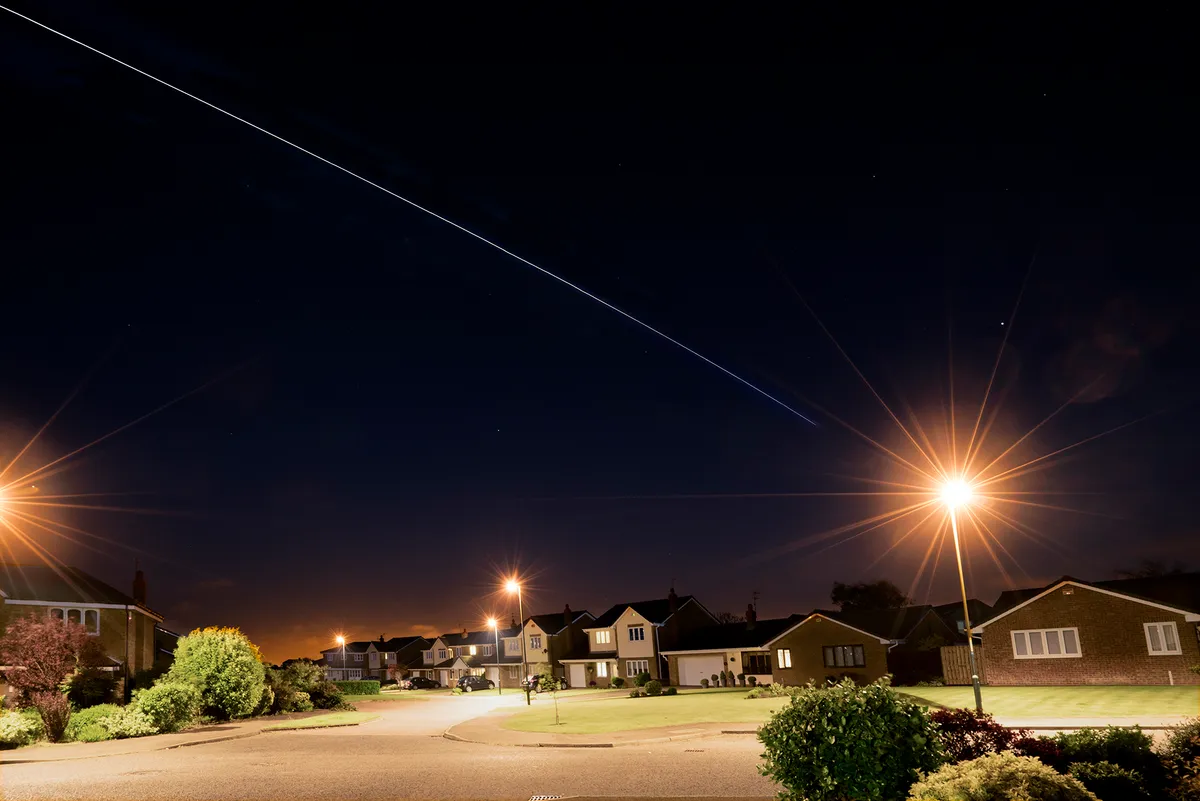
If you can, image the ISS with a friend: one of you can track it, the other can check the position of the ISS on the camera or computer screen and adjust the shooting parameters.
Begin with your shortest possible focal length. The exposure time will be shorter and keeping the ISS within the sensor will be easier.
Increase your focal length with a Barlow lens only once you have refined your tracking skills.
As when photographing the planets, the best results will be obtained in favourable seeing conditions: perseverance an important part of successful ISS imaging.
